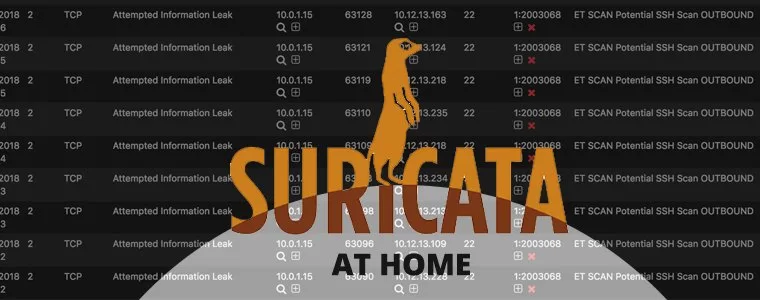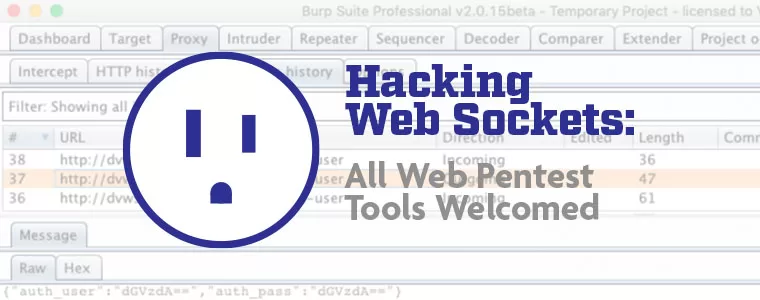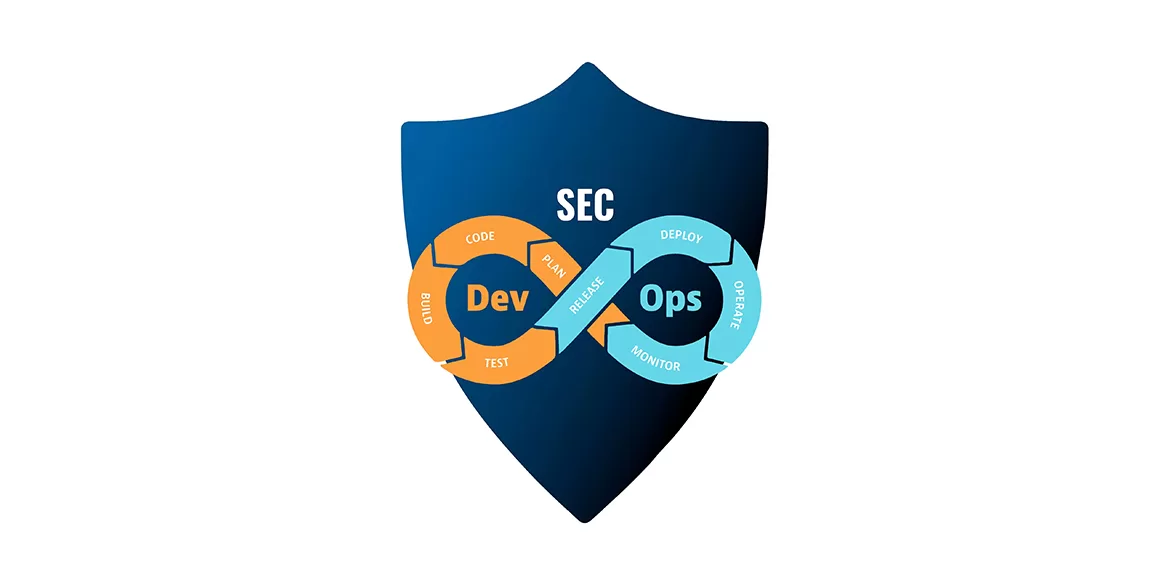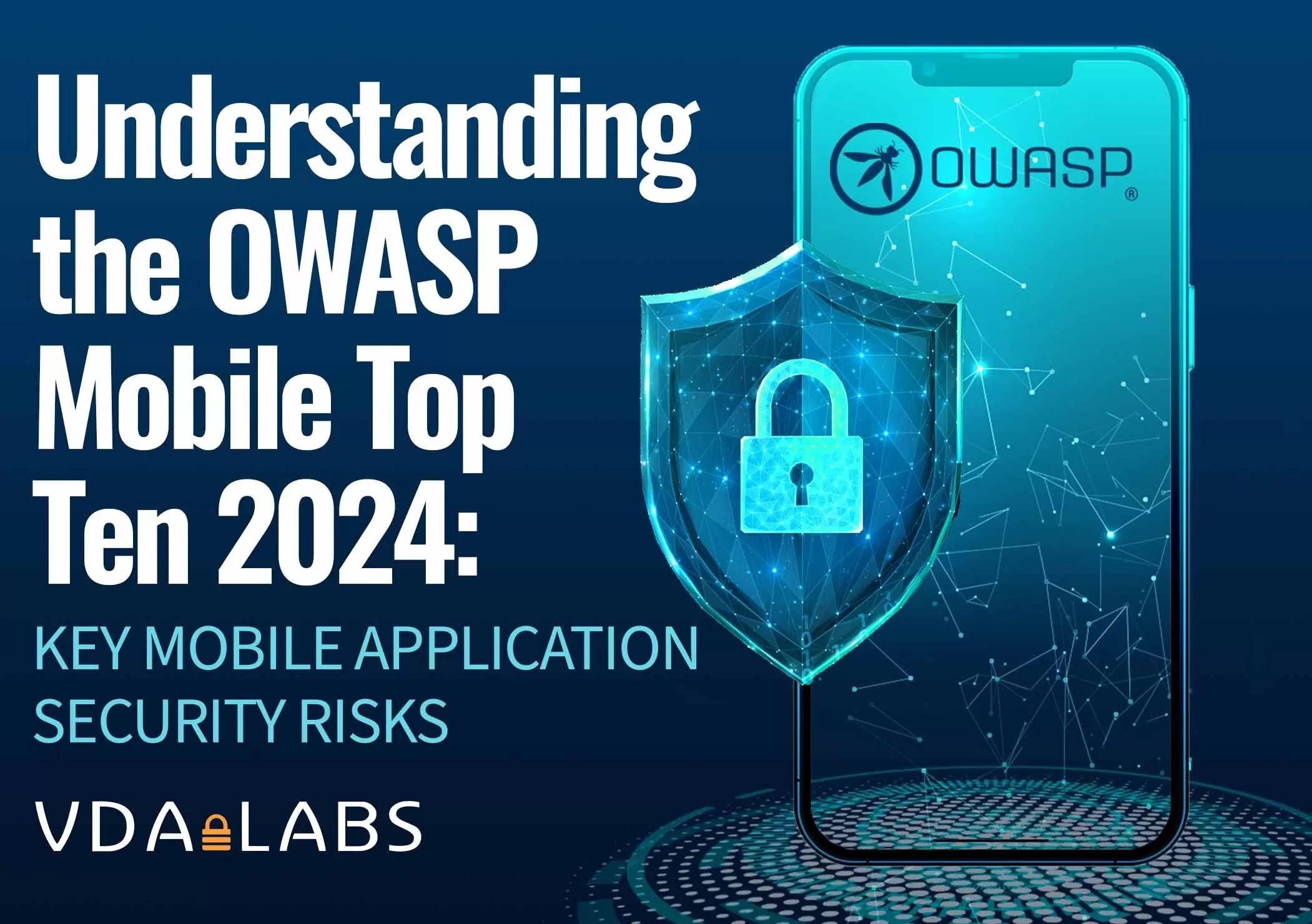
Navigating the Firewall Frontier
In today’s rapidly changing digital landscape, cybersecurity is more crucial than ever. As organizations face increasingly sophisticated cyber threats, the importance of robust defense mechanisms cannot be overstated. Next-generation firewalls (NGFWs) have become essential components of modern cybersecurity strategies, providing advanced features that go beyond traditional firewalls. Choosing the right NGFW for your organization is a critical decision. This article seeks to offer a comprehensive guide to assist you in navigating the firewall landscape.
Understand Your Requirements
Before diving into the market, assess your organization’s specific needs. Consider the size of your network, the nature of your business, and the types of data you need to protect. Identifying your requirements will guide you in selecting an NGFW with features tailored to your unique challenges.
Performance and Throughput
NGFWs vary in terms of performance and throughput. Assess the firewall’s processing power to ensure it can handle the volume of traffic on your network without compromising speed. Look for solutions that provide optimal performance in real-world scenarios rather than just theoretical benchmarks.
Security Features
One of the primary reasons for adopting an NGFW is its advanced security features. Evaluate the firewall’s ability to handle not only traditional threats but also emerging ones. Features like intrusion prevention, application control, and SSL inspection are essential components of a robust NGFW.
Scalability
As your organization grows, so does your network. Choose an NGFW that can scale with your business. Scalability ensures that your firewall remains effective even as your network expands, preventing the need for frequent replacements or upgrades.
Ease of Management
An intuitive and user-friendly management interface is crucial for effective firewall administration. Evaluate the NGFW’s management capabilities, including policy configuration, monitoring, and reporting. A centralized management console can streamline these tasks and enhance overall security posture.
Integration with Existing Systems
Your NGFW should seamlessly integrate with your existing security infrastructure. Compatibility with other security tools and systems, such as SIEM (Security Information and Event Management) solutions, enhances overall visibility and coordination in threat detection and response.
Threat Intelligence and Updates
Cyber threats are dynamic, requiring constant updates to stay ahead. Choose an NGFW that incorporates threat intelligence feeds and receives regular updates. This ensures that your firewall is equipped to recognize and mitigate the latest threats effectively.
Compliance Considerations
Different industries have specific regulatory compliance requirements. Ensure that the NGFW you choose aligns with the relevant regulations governing your organization. This is crucial for avoiding legal complications and ensuring the security of sensitive data.
Vendor Reputation and Support
Research the reputation of NGFW vendors. Look for customer reviews, case studies, and testimonials. A reliable vendor with a track record of providing excellent support can make a significant difference in the effectiveness of your NGFW deployment.
Total Cost of Ownership (TCO)
Assess the total cost of ownership, considering not only the initial purchase cost but also ongoing expenses such as licensing, maintenance, and support. Understanding the TCO will help you make an informed decision based on your budget constraints.
In conclusion, evaluating next-generation firewalls requires a careful consideration of your organization’s unique needs, the firewall’s performance, security features, scalability, ease of management, integration capabilities, threat intelligence, compliance, vendor reputation, and total cost of ownership. By taking a holistic approach to the evaluation process, you can select an NGFW that not only meets your current requirements but also adapts to the evolving cybersecurity landscape.









